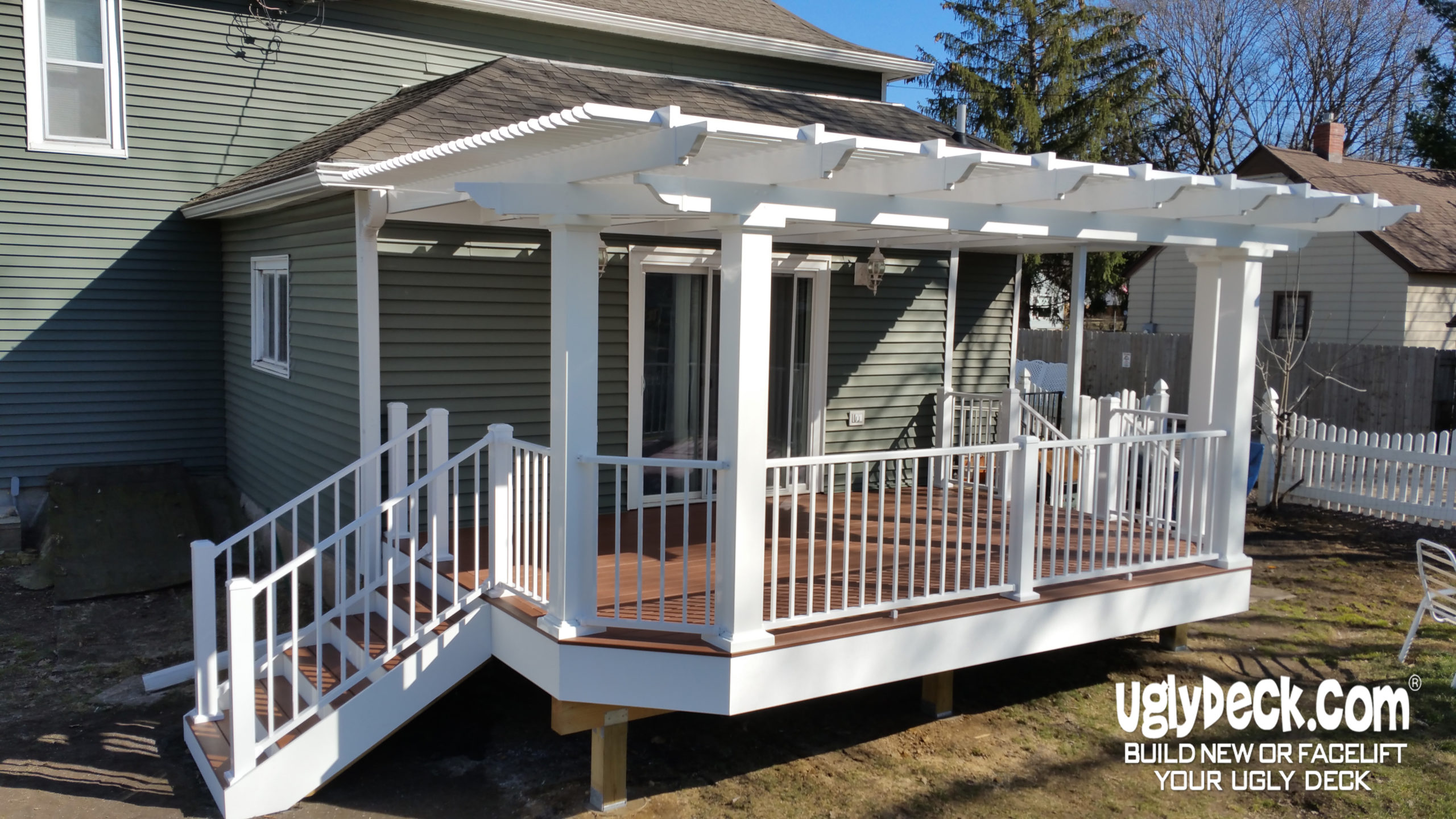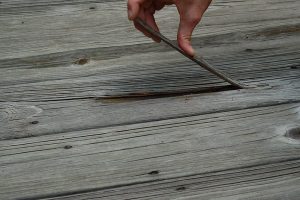

Deck boards splintering over time is a common problem for homeowners. This often unsightly issue can quickly detract from the beauty and functionality of your outdoor living space. Deck boards splintering not only affects aesthetics, but it can also pose safety hazards, especially for elderly individuals or children. This guide dives into the causes of splintering, the steps to diagnose the damage, and detailed restoration techniques to revive your deck boards to a pristine condition. We’ll cover everything from simple repairs to full deck restoration projects, providing you with cost-effective and safe solutions to extend the life of your deck. This guide outlines a detailed approach, providing step-by-step instructions for both minor and major repairs.
Understanding the Causes of Splintering
Identifying the Root Cause
Deck boards splinter for various reasons. Moisture damage is a primary culprit. Water absorption and subsequent expansion and contraction can cause wood to warp, crack, and split. Excessive exposure to the sun, especially UV radiation, can weaken the wood fibers, leading to premature deterioration and splintering. Other factors include poor installation, inadequate sealing, and even insect infestations.
Environmental Impact
Extreme weather conditions can significantly impact the structural integrity of your deck. Sudden temperature fluctuations, frost cycles, and prolonged periods of heavy rainfall contribute to moisture absorption and the subsequent expansion and contraction of wood fibers, leading to weakening and splintering. Prolonged exposure to intense sunlight can damage wood, weakening it over time and resulting in an increased chance of splintering.
Material Deficiencies
Sometimes the wood itself is flawed. Low-quality materials are more susceptible to splintering than treated or durable alternatives. If the initial material wasn’t high-quality, restoring splinters might require replacement. Furthermore, improperly chosen sealants or finishes can hinder the natural breathability of the wood, leading to internal moisture damage that results in splinters.
Diagnosing the Damage
Visual Inspection
Thoroughly examine your deck boards for signs of damage. Look for gaps, cracks, splinters, and any noticeable warping. Identify the extent of the damage. Note areas of concentration to gauge the severity and scope of the necessary repair or replacement work.
Moisture Detection
Check for signs of moisture intrusion. Look for discoloration, softness, or unusual swelling. Water damage or moisture issues can compound the splintering problem. If moisture is found, it needs immediate attention and professional inspection.
Assessing the Structure
Consider the structural integrity of your deck if a large area is affected. Assess the overall stability of your deck, especially the parts showing noticeable deterioration. This is critical to ensure the safety and integrity of your deck structure.
Preparing for Restoration
Gather Your Supplies
Gather the necessary tools and supplies, including sandpaper of various grits, wood filler, a sealant or stain, brushes, and safety glasses. Also consider safety equipment, like gloves and dust masks to protect yourself.
Safety First
Prioritize safety by using appropriate safety gear. Ensure adequate ventilation in the work area and use caution when working with power tools. Follow manufacturers’ instructions and safety guidelines closely.
Removing Loose Splinters
Begin by carefully removing any loose splinters. Use a pry bar or similar tool to carefully remove the damaged wood, ensuring you don’t damage the surrounding intact wood.
Restoration Techniques
Minor Splinter Repairs
For minor splinters, use wood filler to fill the gaps. Sand the filler smooth and apply a sealant or stain to match the existing deck boards.
Major Repair or Replacement
For extensive damage, you might need to replace affected deck boards. Remove the damaged boards, cut new ones to size using appropriate tools, and reattach them securely. Make sure all repairs are consistent with the original installation.
Re-treating for longevity
For added longevity, consider re-treating your deck boards to give them a protective finish. This will ensure the longevity of your deck and prevent further splintering or damage.
Maintaining Your Deck
Regular Cleaning
Clean your deck regularly to remove dirt, debris, and other potential contaminants, preventing splinters. This will increase the life of your deck.
Preventative Maintenance
To minimize future splintering, consider sealing or staining your deck regularly. A sealant acts as a protective barrier against moisture and UV damage, prolonging the lifespan of your deck boards.
Addressing underlying moisture
If moisture issues are the source of splintering, work to address the underlying problem.
Q2: How can I effectively diagnose splintering on my deck boards?
A2: Diagnosis involves a visual inspection for cracks, gaps, or warping, as well as checking for signs of moisture intrusion, such as discoloration or softness. A thorough inspection of the deck structure is necessary to assess overall stability and identify potential structural issues.
Q3: Are there specific tools or materials needed for deck board repair?
A3: Necessary materials and tools vary depending on the extent of the damage. For minor repairs, wood filler, sandpaper, and sealant are commonly used. If major repair or replacement is needed, appropriate tools for cutting and attaching new boards, such as saws and screws, are required.
Q4: How can I prevent future splintering of my deck boards?
A4: Regular cleaning, maintenance, and timely repair of existing damage minimize further splintering. Applying a protective sealant or stain helps shield the wood from moisture and UV damage, prolonging its lifespan and deterring future problems.
Q5: How much does it cost to repair or replace splintered deck boards?
A5: Repair costs depend on the extent of damage, the materials used, and the chosen approach (repair vs. replacement). It’s best to get quotes from professional deck repair services or DIY resources before beginning any major project.
In conclusion, restoring splintered deck boards is a rewarding DIY project that can significantly extend the lifespan of your outdoor living space. By understanding the causes of splintering and implementing the right restoration techniques, you can breathe new life into your deck. Remember to always prioritize safety and proper preparation when working with wood and power tools. For further assistance or if you’re hesitant about taking on the project yourself, consider contacting a professional deck repair service. This detailed guide equipped you with the knowledge and tools to tackle this common deck maintenance issue.